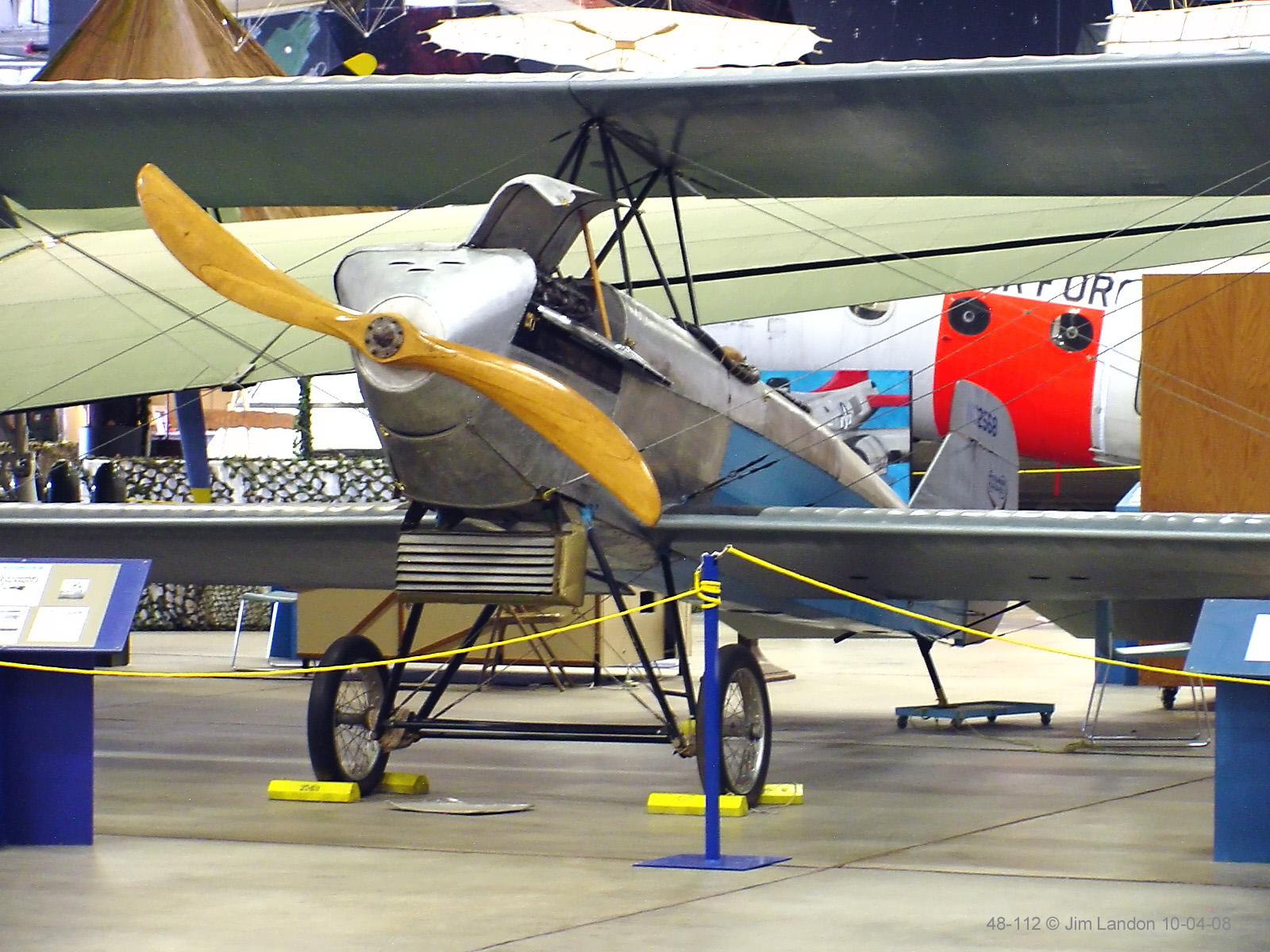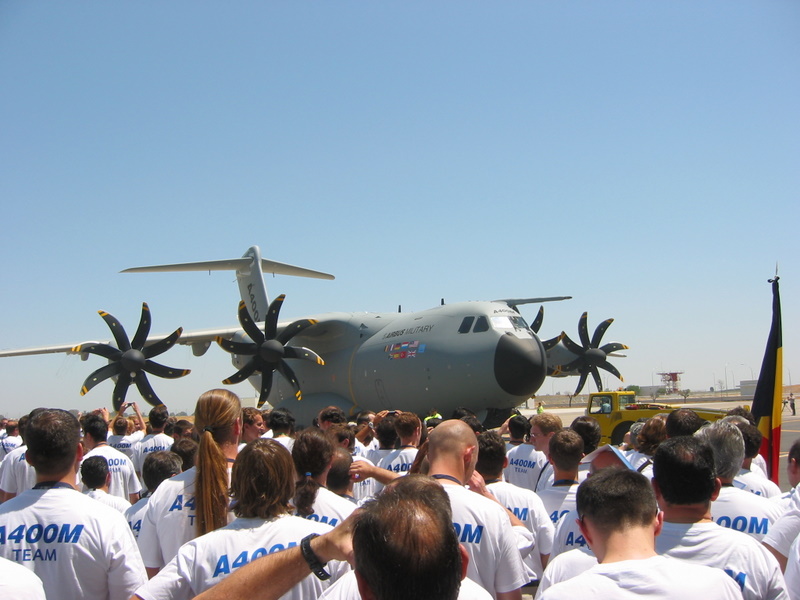scimitar propellers on:
[Wikipedia]
[Google]
[Amazon]


 A scimitar propeller is a type of
A scimitar propeller is a type of

propeller
A propeller (colloquially often called a screw if on a ship or an airscrew if on an aircraft) is a device with a rotating hub and radiating blades that are set at a pitch to form a helical spiral which, when rotated, exerts linear thrust upon ...
that has curved blades with increasing sweep
Sweep or swept may refer to:
Cleaning
* Sweep, the action of using a brush to clean
* Chimney sweep, a worker who clears ash and soot from chimneys
* Street sweeper, a person's occupation, or a machine that cleans streets
* Swept quartz, a cleani ...
along the leading edge. Their name is derived from their visual similarity to the curved blades of scimitar
A scimitar ( or ) is a single-edged sword with a convex curved blade associated with Middle Eastern, South Asian, or North African cultures. A European term, ''scimitar'' does not refer to one specific sword type, but an assortment of different ...
s. In the early 1900s, as established by the French aeronautical inventor Lucien Chauvière
Lucien Chauvière (1876–1966) was a French aeronautical engineer. He is best known for his ''Integrale'' propellers, which were the first aerodynamically advanced propellers manufactured in Europe.
Lucien Chauvière was born in Paris on 11 Febr ...
and his commercial success with his scimitar-shaped ''Integrale'' propeller design, they were made of laminated wood. The combination of light weight and efficient aerodynamics results in more power and reduced noise.
All propellers lose efficiency at high rotational speed
Rotational frequency (also known as rotational speed or rate of rotation) of an object Rotation around a fixed axis, rotating around an axis is the frequency of rotation of the object. Its unit is revolution per minute (rpm), cycle per second ...
s due to an effect known as wave drag
In physics, mathematics, and related fields, a wave is a propagating dynamic disturbance (change from equilibrium) of one or more quantities. Waves can be periodic, in which case those quantities oscillate repeatedly about an equilibrium (res ...
, which occurs as an airfoil
An airfoil (American English) or aerofoil (British English) is the cross-sectional shape of an object whose motion through a gas is capable of generating significant lift, such as a wing, a sail, or the blades of propeller, rotor, or turbine.
...
approaches supersonic
Supersonic speed is the speed of an object that exceeds the speed of sound ( Mach 1). For objects traveling in dry air of a temperature of 20 °C (68 °F) at sea level, this speed is approximately . Speeds greater than five times ...
speeds. This powerful form of drag reduces propeller efficiency at high rotational speed which, in turn, reduces power transmission from the aircraft's engine. In the case of a propeller, this effect can happen when the propeller turns fast enough that the tips of the blades approach the speed of sound, even if the plane itself is not moving forward. Wave drag also occurs at high linear aircraft speeds. According to the same principles that govern swept wing
A swept wing is a wing that angles either backward or occasionally forward from its root rather than in a straight sideways direction.
Swept wings have been flown since the pioneer days of aviation. Wing sweep at high speeds was first investigate ...
s in high-speed aircraft, propeller blades can be swept back in order to mitigate wave drag, thus allowing them to remain efficient at higher rotational speeds. Since the inboard part of a propeller has a slower rotational velocity relative to the tip, the blade becomes progressively more swept from the propeller hub to the tip, giving rise to its characteristic shape.
In the 1940s, NACA
The National Advisory Committee for Aeronautics (NACA) was a United States federal agency founded on March 3, 1915, to undertake, promote, and institutionalize aeronautical research. On October 1, 1958, the agency was dissolved and its assets ...
started researching swept propellers for use in high-speed propeller-driven aircraft. Modern usage of scimitar propellers centers around turboprop
A turboprop is a turbine engine that drives an aircraft propeller.
A turboprop consists of an intake, reduction gearbox, compressor, combustor, turbine, and a propelling nozzle. Air enters the intake and is compressed by the compressor. Fuel ...
and propfan
A propfan, also called an open rotor engine, or unducted fan (as opposed to a ducted fan), is a type of aircraft engine related in concept to both the turboprop and turbofan, but distinct from both. The design is intended to offer the speed an ...
engines. Since these forms of propulsion are capable of driving a propeller at transsonic or supersonic rotational speeds, as well as propelling aircraft to similarly high speeds, mitigation of wave drag is an important consideration in achieving high aerodynamic efficiency. Like modern straight-bladed propellers, scimitar propellers often make use of lightweight materials to further increase efficiency.
Propfan engines were intended to deliver significant improvements in fuel economy compared to contemporary turbofan engines, and in this they succeeded. In static and air tests on a modified DC-9
The McDonnell Douglas DC-9 is an American five-abreast single-aisle aircraft designed by the Douglas Aircraft Company. It was initially produced by the developer company as the Douglas DC-9 until August 1967 and then by McDonnell Douglas.
After ...
, propfans reached a 30% improvement. This efficiency comes at a price, as one of the major problems with the propfan is noise
Noise is unwanted sound considered unpleasant, loud or disruptive to hearing. From a physics standpoint, there is no distinction between noise and desired sound, as both are vibrations through a medium, such as air or water. The difference arise ...
, particularly in an era where aircraft are required to comply with increasingly strict EASA
The European Union Aviation Safety Agency (EASA) is an agency of the European Union (EU) with responsibility for civil aviation safety. It carries out certification, regulation and standardisation and also performs investigation and monitori ...
and FAA
The Federal Aviation Administration (FAA) is the largest transportation agency of the U.S. government and regulates all aspects of civil aviation in the country as well as over surrounding international waters. Its powers include air traffic m ...
noise requirements for certification. Propfans often feature scimitar blades as they typically operate at high rotational speeds.
References